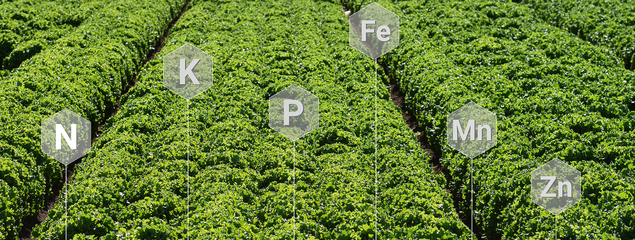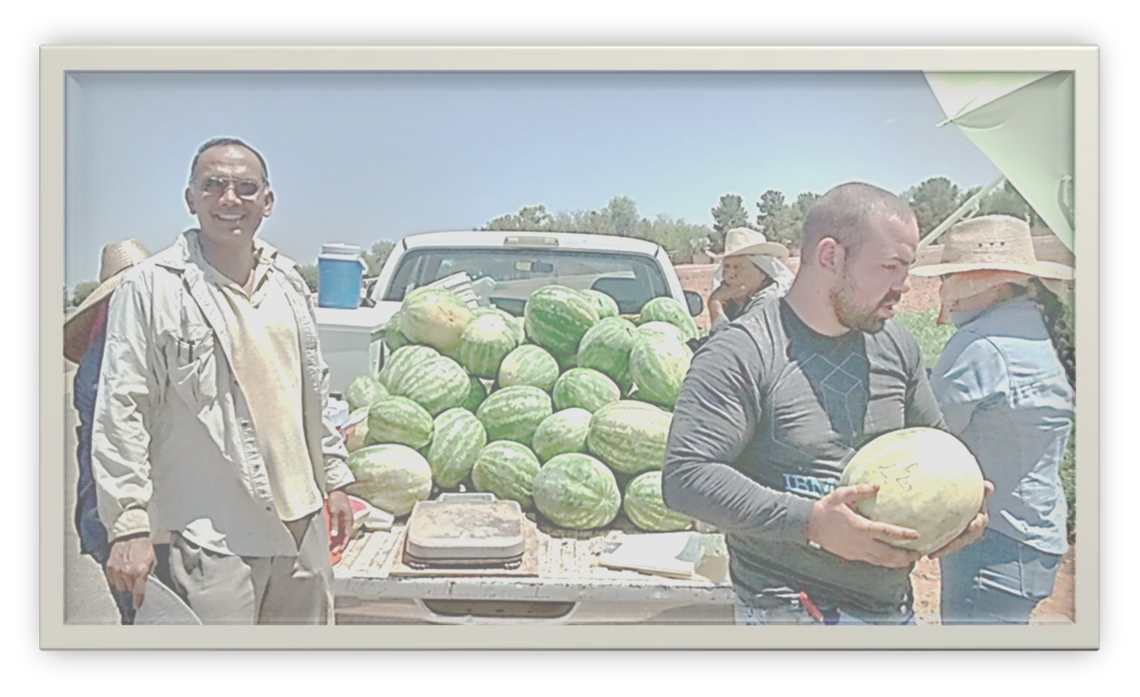
Improve Plant Nutrition
Fertilizer Guidelines for Vegetable Crops in Arizona
(Section 1) Acknowledgement
The author wishes to acknowledge the private and public funding sources that supported his soil fertility research over the past 30 years. Private sources included several fertilizer companies with JR. Simplot and Agrium (currently Nutrien) being the two largest sources of support. The major public sources have included the Arizona Iceberg Lettuce Research Council, the California Department of Food and Agriculture Fertilizer Research and Education Program, and the USDA Specialty Crop Block Grant Program (SCBGP). In addition to funding a large subset of the research that generated the guidelines in this report, the SCBGP specifically funded the construction of these webpages. The SCBGP funding for the development of these webpages was made possible by a grant/cooperative agreement from the U.S. Department of Agriculture (USDA) Agricultural Marketing Service. Its contents are solely the responsibility of the authors and do not necessarily represent the official views of the USDA.
I express my gratitude to countless growers across Arizona and southern California that allowed access to their production fields as we scaled up soil fertility research efforts from small plots on university experiment farms into larger production units.
The author also wishes to recognize the contribution of excellent technical support over the years. Key personnel involved in assisting the author in soil fertility research included Humberto Hernandez (1990s), Manual Peralta (2000s), Jay Subramani, Enrico Sanchez, and Lorena Alleman (2010-2025).
I am grateful to Jeff Silvertooth for discussions on the overall nutrient requirement of chile peppers, where the author's own data base was limited, and discussions on potassium (K) fertility and nitrogen (N) plant testing in general, where he has faced the same challenges with these issues in Arizona cropping systems as the author. I am grateful to Michael Cahn for discussions concerning unique nuances concerning K fertility in tomato. I express my gratitude to Pedro Andrade, my co-investigator in our initial evaluations of variable rate fertilizer management.
The author also recognizes the large database for N management for vegetable crops generated by numerous researchers associated with the University of California, which was extremely helpful to his own efforts in Arizona. Although modifications for climate and cultural practices in Arizona were required, this database sometimes provided direction and sometimes independent corroboration of the authors results.
The author wishes to acknowledge the editorial support of Sonnet Nelson and Dawit Zerihun who scrutinized early drafts of this presentation. Sonnet Nelson also assisted with the photography, imagery, and webpage design. The author also wishes to recognize Craig Boesewetter of the University of Arizona Communication and Cyber Technologies for webpage design and construction and Maria del Carmen of the University of Arizona Communication and Cyber Technologies for assisting with the imagery.

Jay Subramani (front left), Enrico Sanchez (front middle), Lorena Alleman (front right), and others harvesting a watermelon soil fertility experiment in spring 2021.

